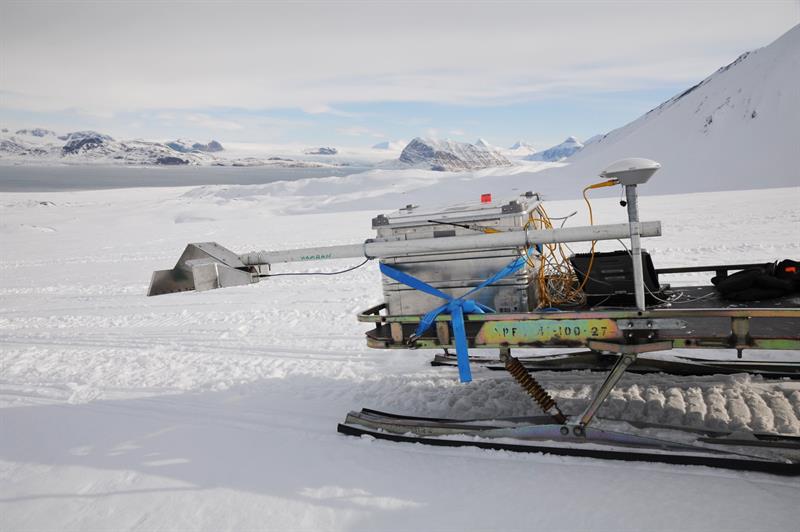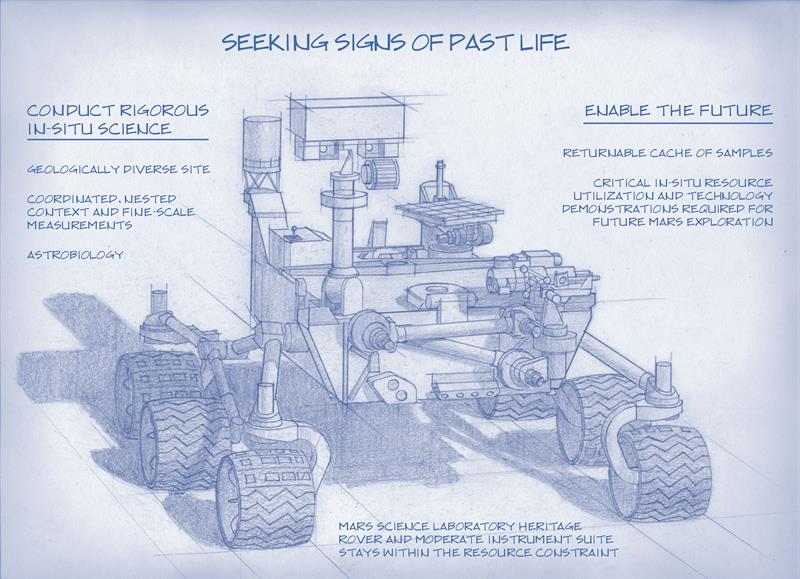This will be the first time in TR Fastenings’ 43-year history that the company has provided parts to go boldly where no man has gone before. Of TR’s 27 operations worldwide (eight of which are high-volume manufacturing sites), it was the one in Norway which found itself tasked with meeting this challenge. The commission came to TR from the Norwegian Defence Research Establishment (FFI), which in 2014 won a bid with Nasa to design and develop the Mars Rover’s Radar Imager.
Ground penetrating radar (GPR) instruments send radio frequency electromagnetic waves into the ground and then detect the reflected signal as a function of time to reveal the subsurface structure and composition. GPR has the capability to reveal buried terrains, such as lava flows, buried channels and polar ice cap stratigraphy.
 Under the surface
Under the surface
On Earth, GPR is widely used to study subsurface bedrock, soils, groundwater and ice; on the Moon, it has been used successfully by the Chinese rover Yuto to study the structure of the lunar crust; and, on Mars, it should easily penetrate the ubiquitous surface dust and layer of loose solid materials. A significant challenge for the two previous Mars Rovers, Spirit and Opportunity, was lack of access to vertical stratigraphy.
The new radar imager, known as RIMFAX (Radar Imager for Mars’ Subsurface Exploration), will be able to penetrate to more than 10m down (depending on ground conditions). Searching for a wide range of rocks and soils that hold clues to past water activity on Mars, RIMFAX will select a set of promising samples that will eventually be returned to Earth for analysis.
RIMFAX consists of an electronics box mounted inside the Mars 2020 Rover and an ultra-wideband slot antenna, which is mounted on the rear of the Rover and looks down at the ground. The antenna is of lightweight aluminium sheet metal construction and assembled from several complex-shaped parts. In addition to the need to withstand extreme conditions, its integration with the Rover has demanded construction to aerospace standards.
Drawing on experience in the telecommunications, energy and automotive sectors, TR was able to tap into its global network of suppliers and deliver aerospace standard components to FFI within the required time frame. The antenna features variations of the same high-strength rivet, with three different diameters. These are designed so that, once the stem breaks during installation, the stem head is retained positively in the body, thereby sealing the rivet and providing very high shear
strength in the joint. The assembly process was aided by dedicated guiding tools also delivered to FFI by TR Fastenings. As the force required to ‘upset’ the rivet is high, the rivet stem has grooves to allow the installation tool to maintain grip.

Glacial Exposure
An early version of the radar with a prototype antenna was field tested in 2015. In order to expose the instrument to the extreme cold where there are ground layers with a complex composition, it was taken to a polythermal glacier – where there is a cold surface layer and a temperate layer at the bottom in parts of the glacier – in the Svalbard archipelago, halfway between Norway and the North Pole. With the radar and antenna mounted on a sled pulled by a snowmobile, and with the radar controlled by a laptop computer that also stored the collected data, RIMFAX proved itself capable of meeting the challenge.
“We are extremely proud to be involved in the development of this new Mars Exploration Rover,” says Jan-Erik Storsve, of TR Fastenings Norway. “It’s incredible to think of those fasteners being used in outer space, and it’s a testament to the high regard our company is held in that we were approached by such a prestigious and exacting customer as the Norwegian Defence Establishment. Everyone at TR is looking forward to the launch with great excitement.”


